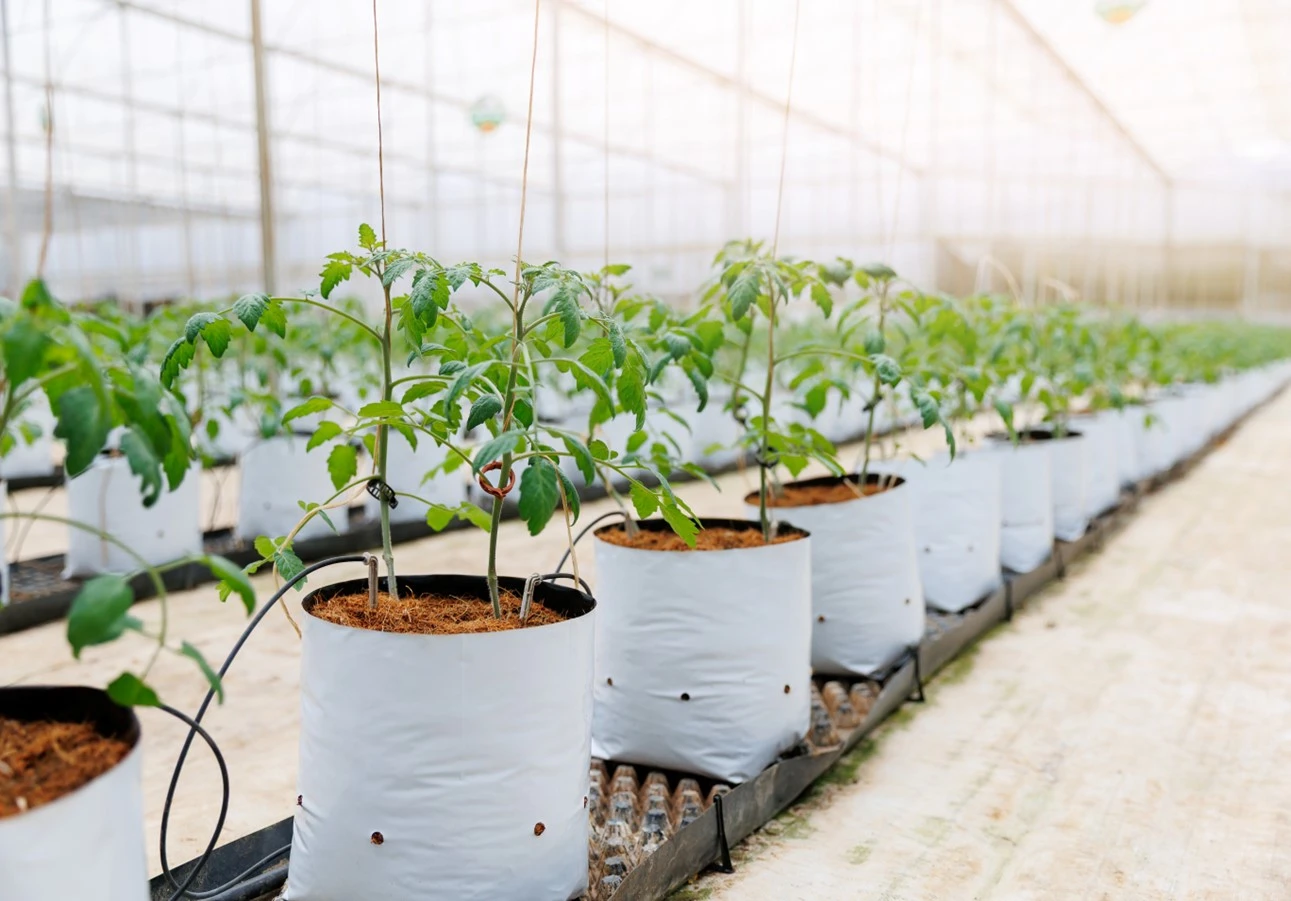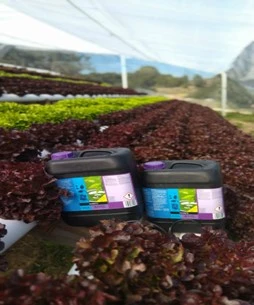Did you know agriculture accounts for almost a quarter of global greenhouse gas emissions?
That means every crop we grow, every drop of water we use, and every input we add to the soil leaves an environmental mark: a carbon footprint.
In cultivation, this footprint comes from many sources: energy for lighting and climate control, transport of materials, fertilizers and substrates, and even waste management. And with rising energy costs, stricter regulations, and consumers demanding not just quality but sustainability, cultivators are under more pressure than ever to do things differently.
This article is your guide to understanding what reducing your carbon footprint really means, why it matters for the future of cultivation, and, most importantly, the best practices to start applying today. Because, nowadays, growing well isn’t just about bigger yields; it’s about producing more with fewer emissions and smarter resource use.

What Does Reducing Carbon Footprint Really Mean?
So, what exactly is a carbon footprint? In simple terms, it’s the total amount of greenhouse gases released into the atmosphere as a result of our actions. For growers, this means everything from powering your lights to transporting nutrients, watering plants, and disposing of waste.
Reducing your carbon footprint in cultivation means producing more with fewer emissions and smarter resource use. It’s not only about cutting energy consumption, but also about optimizing every step of the growing process. For example:
• Energy: Switching to LED lighting or renewable sources reduces electricity use.
• Water: Smart irrigation systems prevent waste and improve efficiency.
• Nutrients and substrates: Choosing concentrated fertilizers that last for longer, adding organic matter, using reusable substrates… cuts emissions.
• Transport and logistics: Sourcing locally and reducing unnecessary trips lowers fuel use.
• Waste: Composting plant matter and recycling packaging keeps materials out of landfills.
In short, reducing your footprint is about being intentional. Every choice counts, and even small changes can lead to significant savings in emissions, resources, and costs over time.

Why Is Reducing Carbon Footprint Important in Cultivation?
When we talk about reducing the carbon footprint in farming, in addition to doing so for sustainability and environmental awareness, it is also a smart business decision.
Agriculture and horticulture are under increasing scrutiny. Governments are introducing stricter regulations, buyers and retailers are setting sustainability requirements, and consumers are more conscious than ever about where and how their food and plants are produced.
By lowering emissions, you position your cultivation ahead of the curve.
And we cannot forget about a direct benefit to your bottom line. Reducing carbon footprint means optimizing your resources: saving energy by switching to LEDs or renewable power, cutting water waste with smart irrigation, reducing fertilizer use through precision dosing. All of this translates into lower costs and higher efficiency.
In a world where input prices are rising and margins can be tight; sustainability can actually improve profitability.
It’s about growing better and building a business that’s ready for the future.
Benefits of Reducing Carbon Footprint
Well, now we have a general picture of why we should be concerned about the carbon footprint of our crops, but let’s take a closer look at the benefits of reducing our carbon footprint:
• Lower energy and water costs: Using efficient lighting, climate systems and irrigation save money every month.
• Higher market value of crops: Sustainable, traceable products attract a premium and build trust with customers.
• Contribution to environmental goals: Every step you take reduces greenhouse gases and helps protect ecosystems.
• Compliance and reputation: Meeting regulations and showcasing sustainability credentials makes your business more resilient and respected.
Reducing your footprint is not about sacrificing productivity, it’s about aligning with modern expectations and unlocking efficiencies that support both the planet and your profitability.
Ready to start reducing your carbon footprint? Head over to the best practices to achieve it!
Best Practices to Reduce Carbon Footprint in Cultivation (400–500 palabras)
Reducing your carbon footprint doesn’t have to be complicated. It’s about making smarter choices at every stage of cultivation. Here are some proven strategies:
1. Optimize lighting and energy use
Lighting is one of the biggest energy drains in indoor and greenhouse cultivation. Switch to high-efficiency LEDs, integrate timers or light sensors, and, where possible, tap into renewable energy sources like solar. These changes cut costs and emissions without compromising yields.

2. Smart irrigation and water management
Water use is another area where efficiency matters. Precision irrigation systems, drip lines, and moisture sensors deliver water exactly where it’s needed, reducing waste. Consider rainwater collection or greywater reuse to minimize reliance on external supplies.

3. Efficient nutrient use
Overfertilizing wastes resources and can increase greenhouse gas emissions.
Opt for organic fertilisers when growing in soil, especially the ones that have a slow-release effect. They improve nutrient availability and soil health naturally. Use concentrated mineral fertilisers when growing in hydro.
Products like the VGN range, Upgrade or Worm Delight support plant growth while keeping inputs lean and sustainable.
For hydroponic set-ups Hydro A&B might be the perfect option: purest minerals, concentrated and complete nutrition for growing healthy and productive plants.

4. Reduce waste and packaging
Cultivation generates waste: pots, plastics, media… Look for bulk purchasing options, recyclable materials, and reusable substrates like Coco Substrate or Hydro Rokz.
Also, composting green waste, like organic substrates and plant remains, closes the loop and adds organic matter back into your system.
5. Transportation and logistics
Sourcing locally makes a huge difference.
Choosing nearby suppliers or practicing Km 0 reduces transport emissions and supports regional economies. Even simple steps like optimizing delivery schedules or sharing loads can shrink your footprint.
6. Tech tools and monitoring
Sensors, AI, and automated systems can track and adjust your inputs in real time. From climate control to fertigation, these tools help you use only what’s needed. They also provide valuable data to improve efficiency season after season.
Each of these steps alone can make a difference. Combined, they create a cultivation system that’s more productive, resilient, and environmentally responsible.
To Sum Up: Each Step Counts when It Comes to Reduce Carbon Footprint
Every action to reduce the carbon footprint; from adjusting your lighting to choosing local suppliers, adds up to significant environmental and financial benefits. Paying attention to the carbon footprint is not just good for the planet: it’s good for your crop and your wallet.
Ready to grow smarter and greener? Let’s build the future of cultivation together.











